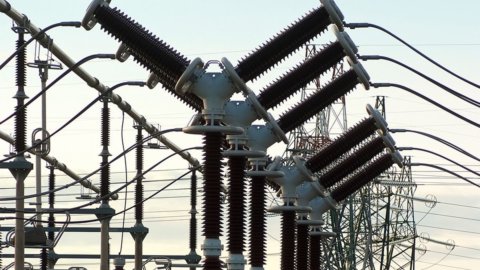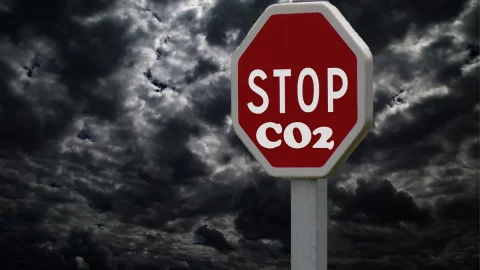Surprise: the month of March, although marked by restrictive measures in almost all Italian regions, saw the need for electricity in Italy to return to 2019 levels (indeed even growing on March 2019), that is, before the Covid emergency which had then crushed it, especially in the first months of the spring lockdown of 2020, only to then gradually recover from autumn onwards. Last month the definitive turning point: according to data provided by Terna, the company that manages the national electricity grid, the demand for electricity amounted to 26,7 billion kWh, an increase of 0,6% compared to March of 2019 and 11,8% higher than in March 2020.
Good news also on the green front: renewable sources covered 35,1% of consumption, a value substantially in line with 2020 but showing good growth compared to 2019, when only 33,4% was covered. Note the exploit during the Easter holidays (April 3-5): renewables reached 51,5% of demand, rising to 57% on Easter day. A not sensational figure in itself, but still better than that of 2019, when the percentage of the three Easter days (Saturday, Sunday and Easter Monday) had stopped at 49%.
Analyzing the March data in detail, this year the month had one more working day (23 vs 22) and a average monthly temperature about 1°C lower compared to March 2020. The seasonally adjusted figure, adjusted for calendar and temperature effects, therefore becomes +11,2%. Even at a regional level, the March trend was positive everywhere: +13,8% in the North, +10,6% in the Center and +8,3% in the South. In economic terms, the seasonally adjusted value adjusted for the effects of calendar and temperature recorded substantial stability compared to the previous month (February).
In March, approximately 84% of the demand for electricity was met with domestic production and the remainder (16%) with the balance of electricity exchanged with foreign countries. In detail, net national production (22,6 billion kWh) recorded an increase of +12% compared to March 2020. The photovoltaic sources (+19,5%), thermoelectric (+12,5%), hydro (+11%) and wind (+5,6%). Only geothermal production was down (-4,6%).
Terna then reproposed the usual focus on industrial consumptioni, which more than others are a credible indicator of the economic recovery: analyzing the data of about 530 so-called "energy-hungry" customers connected to the national electricity transmission grid, it emerged that consumption is up by 37,7% compared to March 2020 and by 0,1% compared to March 2019. Furthermore, there was a cyclical change of +2,3% compared to the previous month. The steel, food and non-ferrous metals sectors are growing. On the other hand, the chemical, means of transport and papermaking sectors were down. Substantially stable mechanical and building materials.





